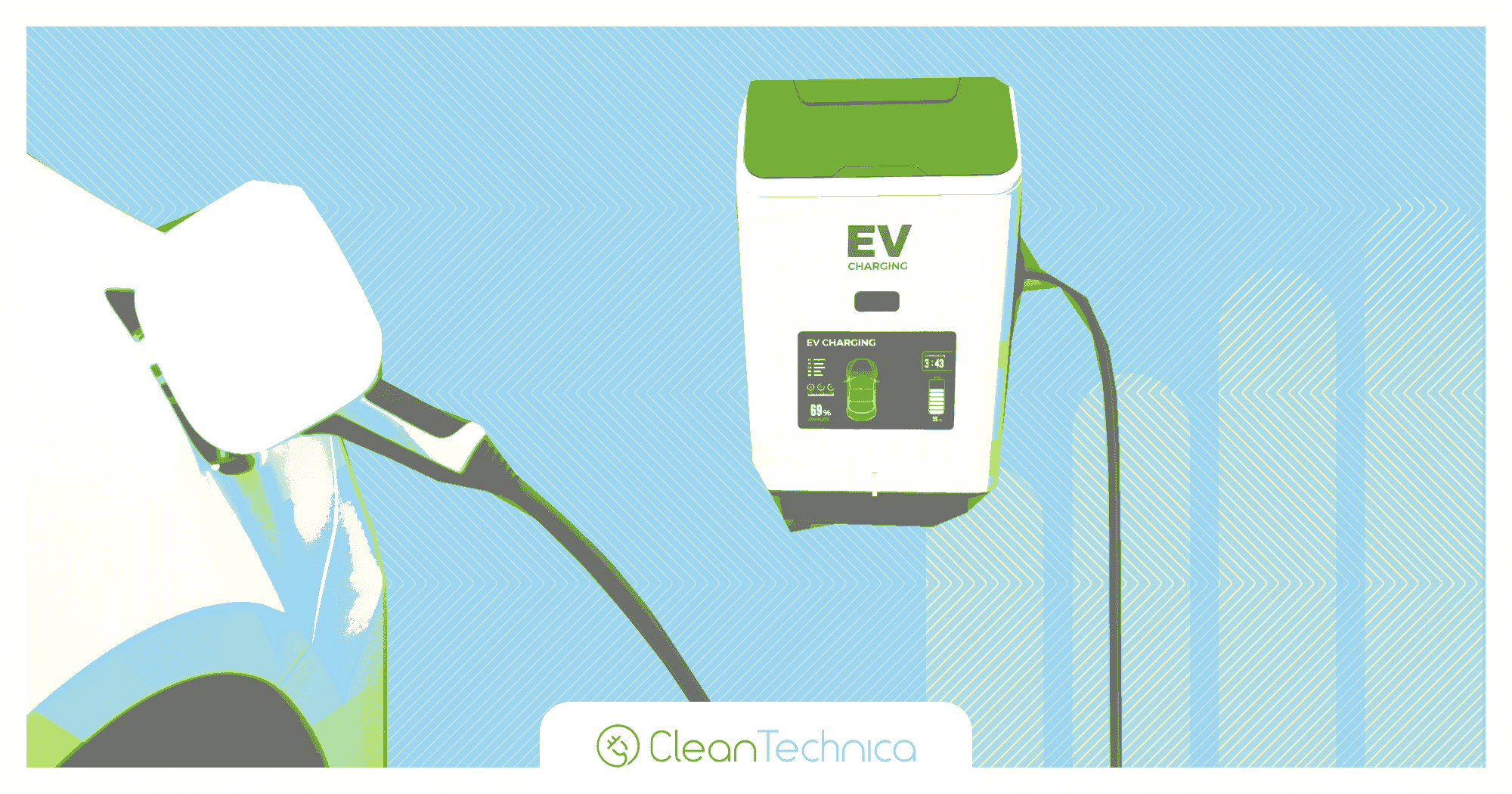We’ve Only Ever Owned Electric Cars
It wasn’t until our first daughter could no longer comfortably fit in her portable infant car seat that we decided we needed our own car. Until then, at ages 33 and 35, we had managed to live a fulfilled and happy car-free life and save thousands of dollars a year. But, of course, kids change things.
The first couple years of our daughter’s life we managed to get around on foot, bike, transit, and the occasional short and long term car rentals. We made good use of neighborhood zip cars and Turo rentals, and our workhorse BOB stroller allowed us to easily walk to a rental car and transport lots of stuff.

But at a certain point, the hassle of not having a car, especially with a bigger car seat, got to us. Plus, all the vehicles we were renting ran on fossil fuels. In early 2017, there were multiple, affordable electric vehicle (EV) options finally on the market, which made us contemplate buying a car for the first time. The only way we’d consider car ownership was if we could power it with the clean fuel coming from our 7.2 kW rooftop solar panels.
Why EVs Matter
The rate of car ownership in the US is around 90%, with 280 million vehicles on the road. Cars and light-duty trucks (including pickups and SUVs) are responsible for 57% of transportation emissions. While we are big fans of active and public transit (with posts coming about both this year), cars and trucks remain a fact of American life. By electrifying them, we can enjoy the convenience they provide without emitting the pollution that is changing our climate.
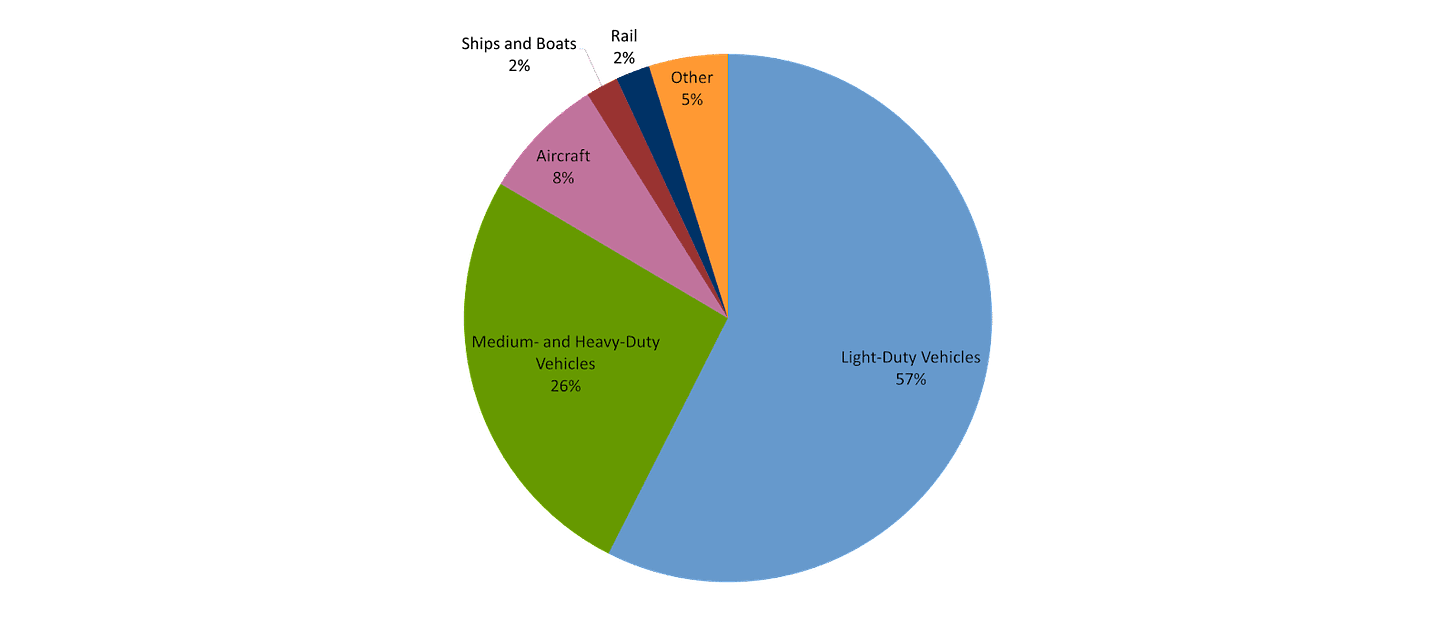
Transportation is 28% of the average American’s emissions — almost as big as home energy use (32%) — so if you want to decarbonize your life, driving less and driving electric are some of the biggest moves you can make (along with getting heat pumps for your home).
Becoming EV Fanatics
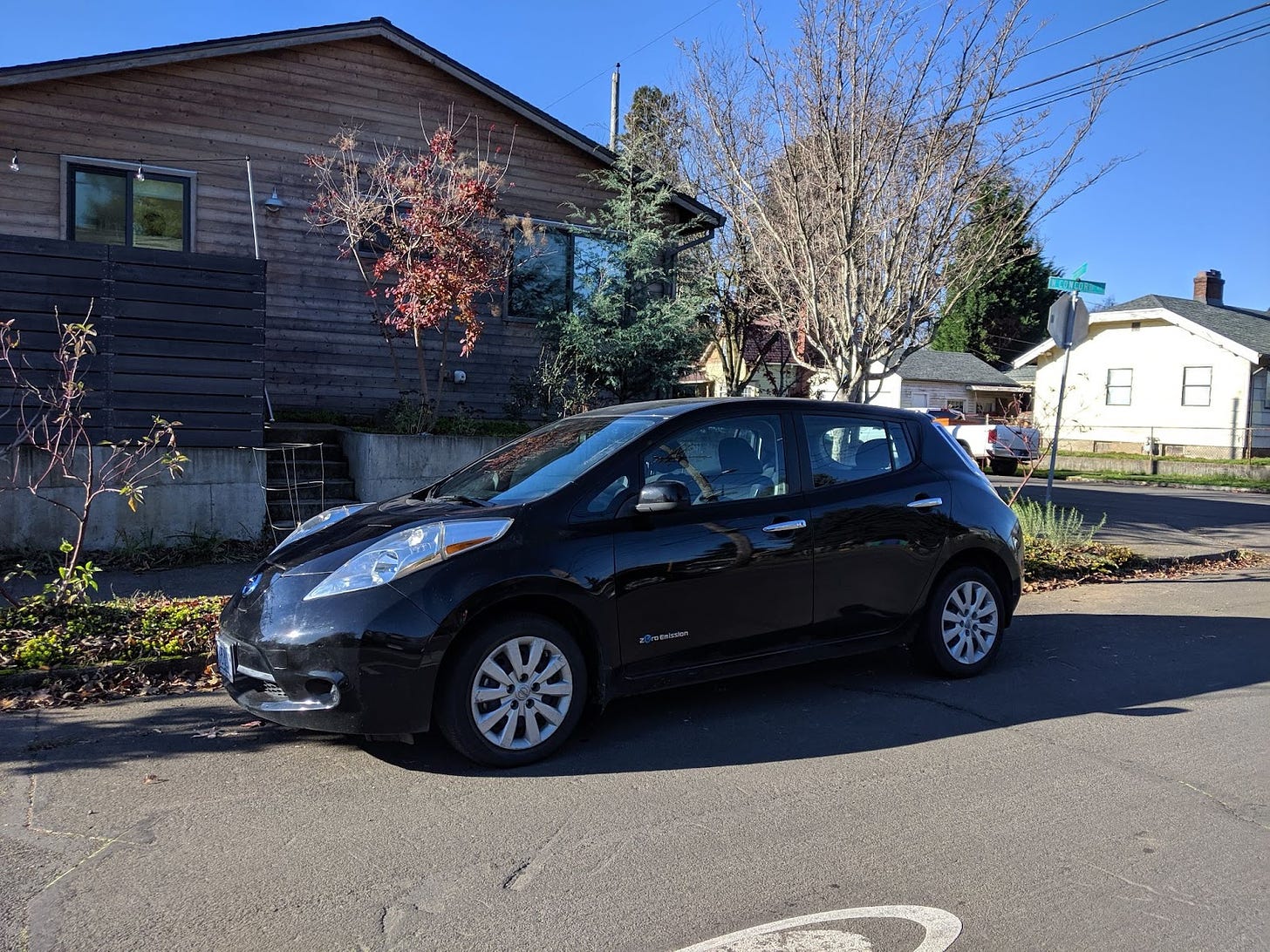
Our first car was a 2013 Nissan Leaf, purchased when it came off a 3-year lease in early 2017. It cost just $7,800 and had only 10,000 miles on it. Its range was a mere 85 miles. Despite the somewhat herculean efforts we went through to charge it, the ability to walk out our door and get into our own personal vehicle — that would easily meet most of our regular needs — felt like the lap of luxury. We conveniently trickle-charged from a standard outlet on the side of our house, and across the sidewalk, all three years we owned the car.
We stretched our early generation Leaf’s limited driving range from Portland to Bend and Seattle and Orcas Island and the Oregon coast, stopping frequently to fast charge. We dealt with all manner of archaic charging stations, often arriving at a charger in the middle of nowhere to find another car charging or that the station was out of order or needed a reboot or that we had to call an 800 number to share our credit card to purchase much needed kWh (we did this more times than we’d like to admit)! Even then, we realized that the average family would not tolerate these inconveniences and while we loved the convenience of being car owners, and the guilt-freeness of driving electric, they started to wear on us after awhile as well.
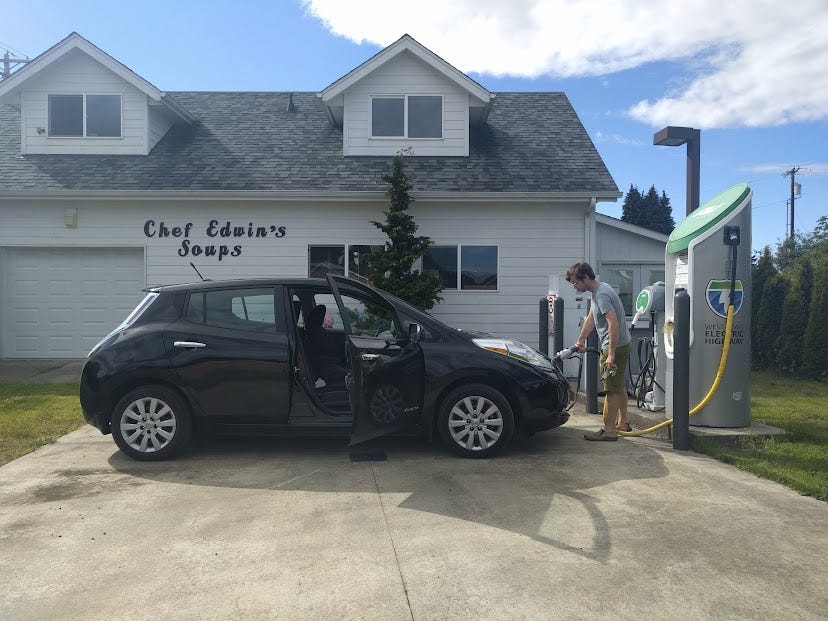
After nearly three years, we sold our beloved Nissan num num (as our daughter called it) for $7,000 with 26,000 miles on it. We replaced it with a Tesla Model 3, which still feels like a luxury purchase. The significant increase in range and the convenience of the charging infrastructure was game changing. We finally felt the freedom of the automobile with the ability to hit the road and go anywhere without constantly checking our battery. With the Tesla’s 310 miles of range, and system of Superchargers, we regularly take epic road trips, including two across the country and another planned for this summer.
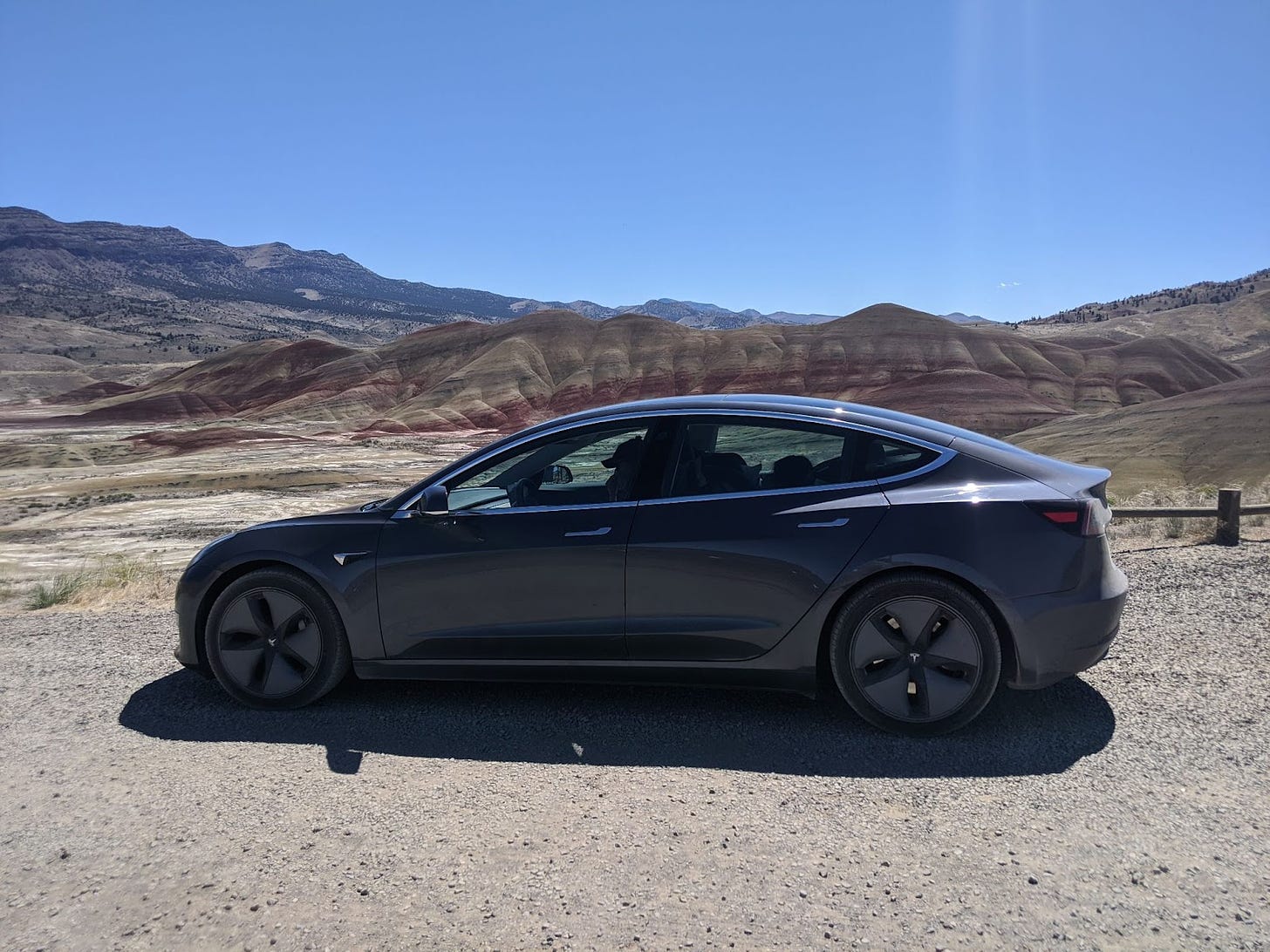
Why We Only Drive Electric
Now that we’ve been proud EV owners for seven years, we can’t imagine returning to the loud engines and smoking tailpipes fueling the climate crisis. We won’t even rent a gas car when traveling and have had great luck renting electric vehicles through Turo.
 Chip in a few dollars a month to help support independent cleantech coverage that helps to accelerate the cleantech revolution!
Chip in a few dollars a month to help support independent cleantech coverage that helps to accelerate the cleantech revolution!
Here’s why we love our electric ride and why it’s a great time for everyone to make the transition to EVs:
- Low fuel cost: We spend $300 per year to fuel our Tesla, which includes charging at home and the occasional fast charger fees on road trips. In 2022, the average American household spent $2,780 on gas. Americans keep their cars for about 12.5 years, so that’s a savings of over $30,000!
- Minimal maintenance: Estimated EV maintenance is $.06 cents per mile compared to $.10 per mile for a gas car. In seven years, our only maintenance costs have been to replace windshield wipers and rotate and replace tires.
- Driving experience: EVs have instant torque, making for rapid acceleration, and offer a quiet and smooth ride.
- No air pollution: EVs don’t release smog, air particulate, or nitrous oxides, which are linked to lung cancer, asthma, allergies, heart attacks and strokes. A University of Toronto study found that each electric vehicle that replaces a gas car will save a community $10,000 in cleaner air that improves human health.
- Carbon emissions reductions: EVs emit less than a third of the CO2 of internal combustion cars, and if you have solar panels or sign up for community solar or green electricity from your local utility, your emissions will be zero. This is a game changer and the number one reason we drive electric.
These benefits are no longer a secret and we’re living through the steep S-curve of EV adoption. In 2022, 10% of global passenger vehicles sold were all electric, ten times the sales just five years prior. There’s never been a better time to buy an EV with many state rebates and IRA incentives for new and used EV purchases and leases.
One of our central messages at Decarbonize Your Life is that you can reduce your carbon emissions without any sacrifice to your quality of life. While this was not true when we started driving electric way back in the ancient EV times of 2017, it is true today and becoming increasingly convenient as charging infrastructure improves. With EVs you can enjoy the convenience of personal vehicles, save money, and stop emitting pollution from your tailpipe. Win, win, win.

This article is part of a series called Decarbonize Your Life. With modest steps and reasonable costs our family has dramatically reduced emissions and is sequestering what remains through a small reforestation project. Our life is better for it. If we can do it, you can too.
Have a tip for CleanTechnica? Want to advertise? Want to suggest a guest for our CleanTech Talk podcast? Contact us here.
Latest CleanTechnica.TV Video

CleanTechnica uses affiliate links. See our policy here.

